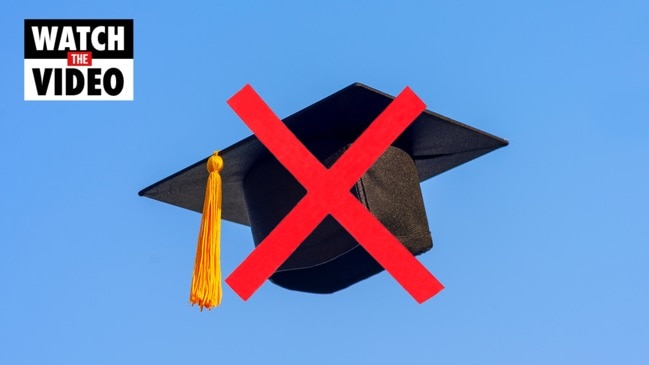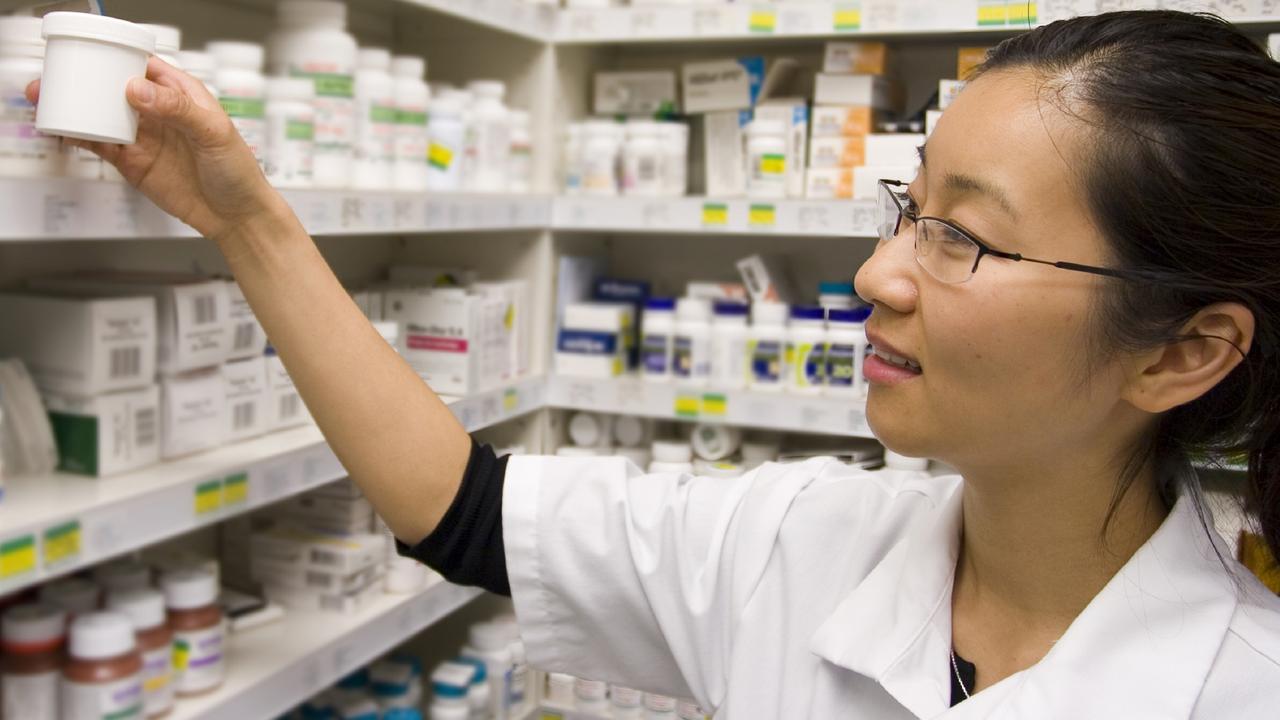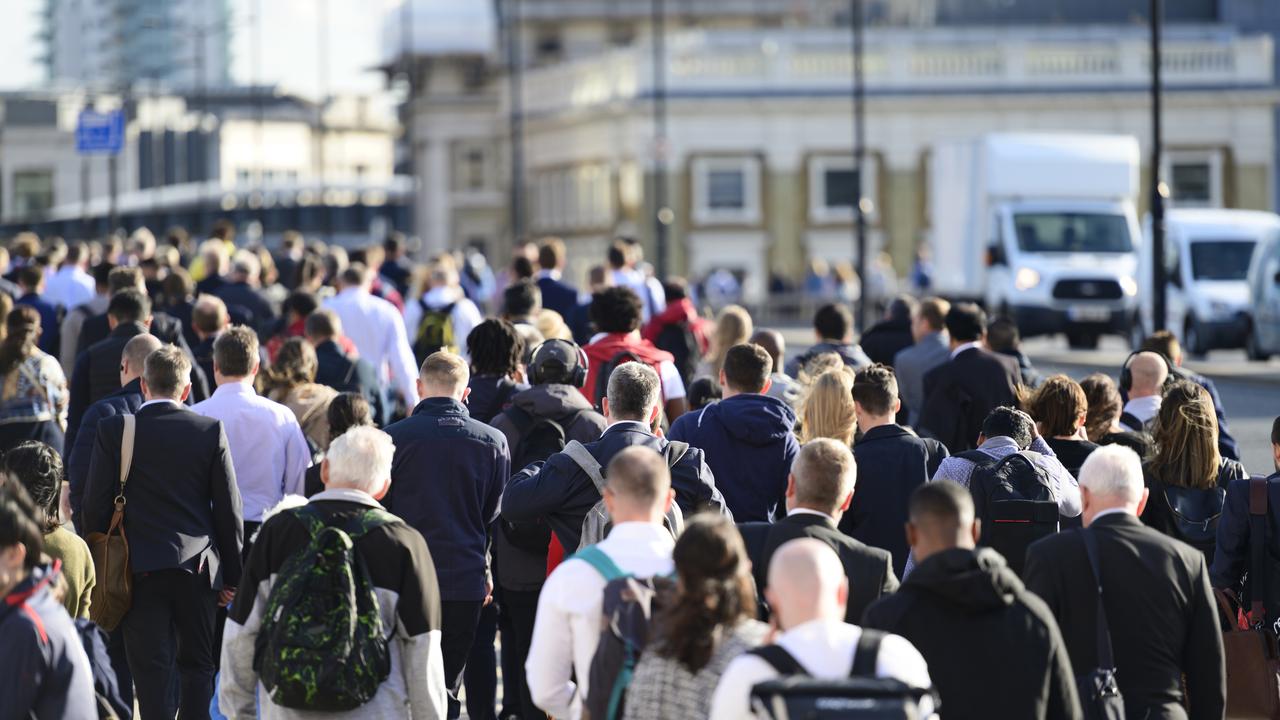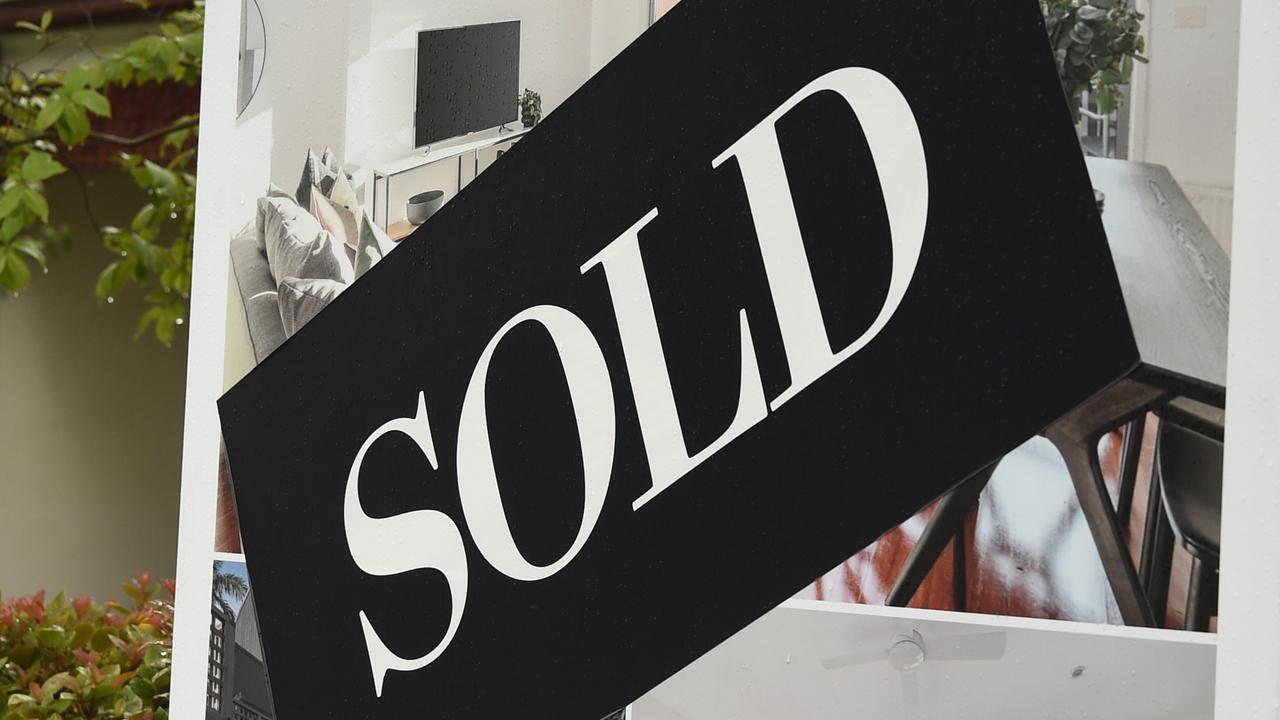‘Don’t think I’ve seen it worse’: Pharmacy graduates lowest paid in Australia with starting salary of $49,600
A crucial industry is facing a crisis, with rock-bottom salaries and poor morale keeping graduates away and pushing others into early retirement.

Australia could soon be facing a pharmacist shortage as low pay, ballooning workloads and poor career progression drive workers out of the field in droves, according to industry representatives and university researchers.
Professional Pharmacists Australia, a union representing pharmacy workers, has raised concerns about the sustainability of the industry after new data revealed pharmacy graduates are the lowest paid in Australia, with a starting salary of just $49,600.
“Pharmacists are pretty poorly paid, graduates the worst of the lot,” PPA president Geoff March said, adding there “seems to be a trend” of people exiting the industry.
“The level of dissatisfaction in the profession is extremely high. I’ve been a pharmacist for over 40 years – I don’t think I’ve seen it worse.”
The PPA will next week release its Community and Hospital Pharmacists Employment and Remuneration Report 2019-20, which will examine pay, hours worked, employment conditions and attitudes of pharmacists, including graduates.
In addition to results of a survey of more than 1000 pharmacists, the report will draw on data from the 2020 Graduate Outcomes Survey, run by the Quality Indicators for Learning and Teaching, which provides an annual snapshot of employment outcomes for recent graduates from Australian universities.
The latest survey, released in November, found pharmacy was the study area with the lowest full-time median salary at $49,600, below creative arts on $52,000, tourism, hospitality, personal services, sport and recreation on $53,500, and communication on $55,600.
The areas with the highest graduate salaries were dentistry on $84,000, medicine on $75,000, social work $70,000, teacher education on $70,000 and engineering on $69,500.
But the report also found that pharmacy graduates had the highest rate of full-time employment at 96.4 per cent, versus the 68.7 per cent average for all graduates. The study area with the lowest rate of full-time employment was creative arts at 45.8 per cent.
Dr March said the low rates of pay were a “major concern” for the future of the sector, with a career in pharmacy “one of the least attractive options” for young people.
It was particularly tough for fresh graduates, he said, as they must complete an intern year working in a pharmacy before they can be fully registered.
RELATED: Australia in vaccine controversy

RELATED: Industries with jobs to spare
Graduates must pay for this training, which typically costs in the thousands, in addition to registration, 40 hours of continuing professional development and Pharmacy Board exam fees.
“It’s a tough year for them, and they get stuff-all money, frankly,” Dr March said.
In addition to the poor rates of pay, Dr March said workloads and career progression were a big issue, the latter particularly for younger pharmacists.
“Especially for early-career graduates, ones past their intern year and now fully registered, the biggest issue for them is pay followed by decent career structure, which they don’t have, and workloads,” he said.
“Overall I think (the biggest issue) is pharmacist workloads, and the amount of money they get paid for what they do. The gap is huge.”
It comes after a study released in January warned of a looming pharmacist shortage due to a fall in student numbers and a growing number planning to exit the workforce early.
The study, led by Monash University’s Project Pharmacist team, found the number of registered, working pharmacists in Australia was growing substantially slower than other health professions, the Australian Journal of Pharmacy reported.
“The Australian pharmacist workforce fluctuated from severe undersupply in the mid-1990s to perceptions of oversupply in the mid-2010s,” the authors wrote.
“Resolution of the shortage occurred as a consequence of a three-fold increase in the number of pharmacy schools from six to 18 between 1997 and 2011 and a resultant quadrupling of the number of graduates from 485 in 1997 to 1912 in 2012. Subsequently, anecdotal reports of undersupply, oversupply and mal-distribution of pharmacists have been released, reflecting the lack of clarity of the status of the workforce.”
The Monash study analysed Australian Health Practitioner Regulation Agency data, finding that between 2013 and 2018, pharmacists went from the fourth-most numerous health profession to be overtaken by physiotherapists and psychologists.
In 2018 there were 31,148 registered pharmacists, a total increase in the workforce of 11.3 per cent since 2013. By comparison, the number of registered medical practitioners increased by 20.2 per cent in the same period to 114,200.
RELATED: Huge win for man sacked over pizza

The study also looked at workforce intentions. It found that nearly one in four pharmacists do not intend to work for more than 10 years.
“While younger pharmacists intend to remain working for longer periods than older cohorts, the percentage of 20-34 years pharmacists indicating that they would work for no more than 10 years increased by 44 per cent from 13.1 per cent in 2013 to 18.9 per cent in 2018,” the authors wrote.
Dr March said most pharmacists “get very frustrated” at their level of workload, “what they can and can’t do, and what they would like to be able to spend time doing, working with people”.
But he said pharmacists are being saddled with an ever-increasing array of “public health” responsibilities such as blood pressure checks, and now COVID-19 vaccinations.
“I fully support we’re going to get involved with the COVID vaccination process, (but) that’s going to add even more pressure on workloads,” he said.
“We’ve tried for many years (to ask) the Pharmacy Board to provide guidelines. They’ve provided some, around the number of prescriptions (to be) dispensed by the pharmacist and the number of support staff they have. But of course these days there’s public health (duties such as) blood pressure (checks), adding to professional responsibilities. They’re not taken into account by the Pharmacy Board’s guidelines.”
The PPA has been pushing the issue of pharmacy graduate pay through the Fair Work Commission, raising “specific concerns” that it is “below all other award graduate rates of pay”.
Dr March noted that its work had prompted a major review of all graduate pay rates.
The review, which was delayed due to COVID-19, is now under way and will “consider what the appropriate rate of pay is for graduate pharmacists and a wide variety of other professions”, he said in an earlier statement.
The Pharmacy Guild of Australia, the peak industry body which represents pharmacy owners, has pushed back on the low pay claims.
Victorian branch president Anthony Tassone pointed out that unlike other professions, pharmacy graduates were “virtually guaranteed full-time employment”.
“Internships at the community pharmacy level do not attract any funding or subsidy from any level of government, unlike those with some health professions in public health institutions,” he said.
“The remuneration for an intern pharmacist is solely borne by the community pharmacy itself – along with other associated costs with providing supervision, mentoring and tutoring for an approved intern training program.”
Mr Tassone said while the intern starting salary was $48,000 under the Pharmacy Industry Award, it increased to $50,000 automatically in the second half of their intern year, and then to $60,000 on completion of their internship and registration as a pharmacist.
“Pharmacy graduates are probably the only new graduates guaranteed a $12,000 pay increase after 12 months on completion of their internship and gaining their registration,” he said.




